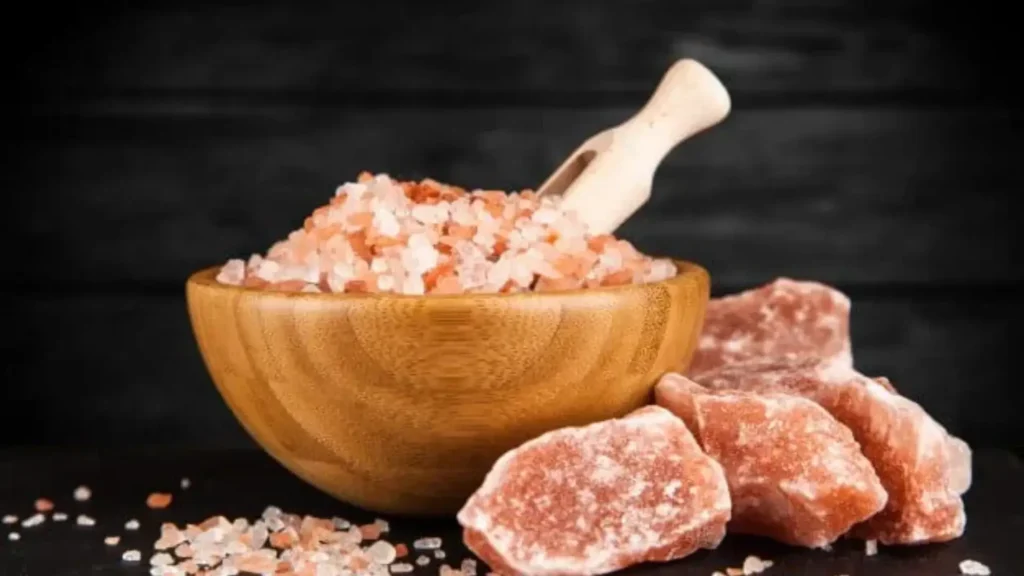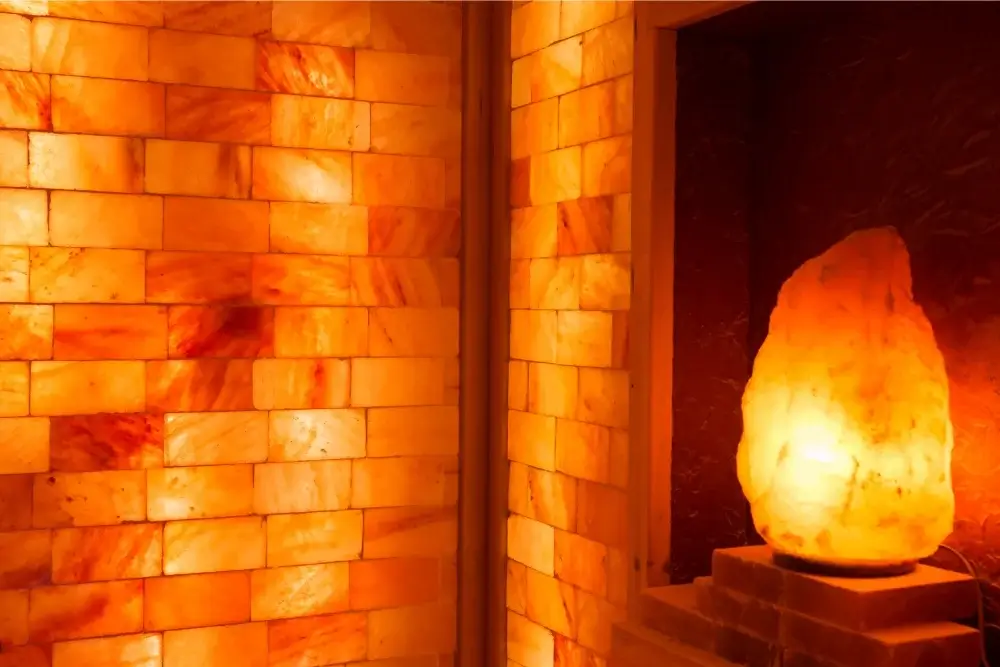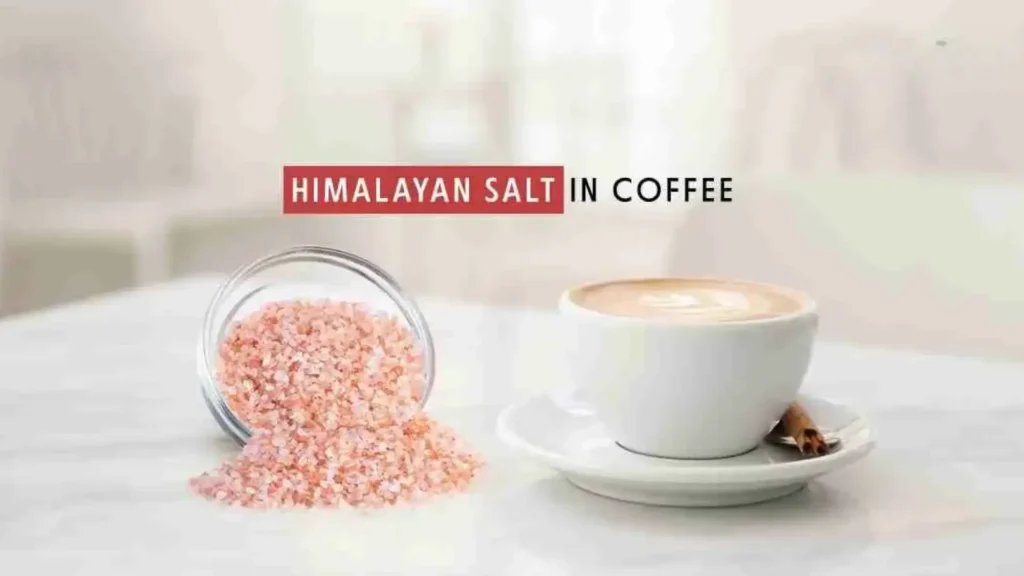Can You Safely Eat Himalayan Rock Salt
Can You Safely Eat Himalayan Rock Salt? Unveiling the Truth About This Natural Mineral Himalayan rock salt, with its beautiful pink hue and rich mineral content, has gained popularity in kitchens and wellness circles alike. But can you actually eat this mineral? The answer is a resounding yes, but there’s more to the story. Let’s delve into the fascinating world of Himalayan rock salt, exploring its origins, benefits, and how it compares to regular table salt. Table of Contents What Exactly Is Himalayan Rock Salt? Himalayan rock salt is a natural mineral harvested from ancient sea salt deposits found in the Khewra Salt Mine in Pakistan. This salt is renowned for its unique color, ranging from light pink to deep red, which is attributed to the various minerals it contains, including iron, magnesium, and potassium. Unlike regular table salt, which is heavily processed and stripped of its natural minerals, Himalayan rock salt retains its original mineral composition, making it a more nutritious option. The Formation of Himalayan Rock Salt A Geological Marvel The formation of Himalayan rock salt is a remarkable geological process that dates back millions of years. As ancient oceans evaporated, they left behind vast deposits of salt. Over time, tectonic movements buried these deposits under layers of rock, preserving them in a pristine state. This natural process ensures that Himalayan rock salt is free from additives and impurities, making it a healthier choice for culinary and therapeutic uses. The Health Benefits of Incorporating Himalayan Rock Salt into Your Diet Enhancing Hydration and Electrolyte Balance Himalayan rock salt is packed with essential minerals that help maintain proper hydration levels in the body. When consumed in moderation, it can aid in balancing electrolytes, which is crucial for overall health, especially during intense physical activity. Supporting Digestive Health The minerals in Himalayan rock salt can stimulate the production of digestive fluids, promoting better digestion. Additionally, it may help alleviate symptoms of indigestion and bloating, making it a valuable addition to your meals. Promoting Respiratory Wellness Many people believe that Himalayan rock salt can help alleviate respiratory issues. When used in salt lamps or inhalers, it’s thought to help clear airways and reduce inflammation, making breathing easier. Boosting Mineral Intake for Overall Well-Being Incorporating Himalayan rock salt into your diet can increase your intake of essential minerals, which play vital roles in various bodily functions, from muscle contraction to nerve transmission. Potential Riss: Is There a Downside to Eating Himalayan Rock Salt? While Himalayan rock salt is generally safe for consumption, excessive intake can lead to health issues such as high blood pressure and dehydration. It’s essential to use it in moderation, just as you would with any other salt. How to Incorporate Himalayan Rock Salt into Your Diet Cooking: Use it as a seasoning for meats, vegetables, and salads to enhance flavor. Baking: Substitute regular salt with Himalayan rock salt in your baking recipes for added minerals. Salt Blocks: Grill or chill food on Himalayan salt blocks for a unique flavor experience. Salt Scrubs: Create a natural exfoliant by mixing Himalayan rock salt with oils for skin care. Conclusion In summary, Himalayan rock salt is not only safe to eat but also offers a plethora of health benefits that can enhance your overall well-being. Its unique mineral content and flavor make it a fantastic alternative to regular table salt. By incorporating Himalayan rock salt into your diet, you can enjoy both its culinary delights and health advantages. Frequently Asked Questions Is Himalayan rock salt better than regular salt? Yes, Himalayan rock salt contains trace minerals that are beneficial for health, unlike regular table salt, which is mostly sodium chloride. Can I use Himalayan rock salt for cooking? Absolutely! It can be used just like regular salt in cooking and baking. Are there any health risks associated with Himalayan rock salt? While it is safe in moderation, excessive consumption can lead to health issues such as high blood pressure. How can I tell if my Himalayan rock salt is pure? Look for salt that is labeled as “pure” and free from additives. Authentic Himalayan rock salt should have a natural color and texture. Share This Post Subscribe To Our Newsletter Get updates and learn from the best our latest posts
Can You Safely Eat Himalayan Rock Salt Read More »











